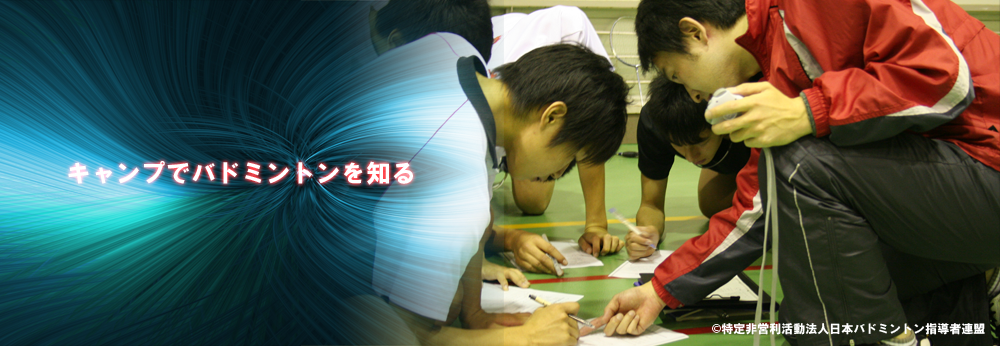ホーム › フォーラム › バドミントン・コミュニティー › Swedberg, Theodore
このトピックには0件の返信が含まれ、1人の投稿者がいます。3 年、 10 ヶ月前に noreenpizzey5 さんが最後の更新を行いました。
-
投稿者投稿
-
noreenpizzey5<br><br>Theodore Swedberg (Swedish Theodor Svedberg; August 30, 1884, Valbo – February 26, 1971, Orebro) – Swedish physicist and chemist. Laureate of the Nobel Prize in Chemistry (1926).<br><br>Member of the Royal Swedish of Sciences (1913), foreign member of the Royal Society of London (1944), US National Academy of Sciences (1945), USSR Academy of (1966).<br>Biography<br>In 1907 he from Uppsala University, worked there. Since 1949 – Director of the Institute of Nuclear Chemistry (H. Werner Institute).<br><br>He was married to Andrea Andrien (1888-1972), a leader of the international women’s democratic movement, laureate of the International Stalin Prize „For strengthening peace among nations” (1953).<br><br>Honorary Doctor of the Royal Institute of Technology (1944).<br>Major works<br>The main works are devoted to colloidal chemistry, determination of the size and shape of molecules, electrophoresis. Experimentally confirmed (1906) the theory of Brownian motion developed by A. Einstein and M. Smoluchowski. He created an ultracentrifugation method for separating colloidal particles from a solution, built the first ultracentrifuges. He made a great contribution to the development of the physicochemistry of proteins.<br><br>The unit used in sedimentation analysis for measuring the ratio of the rate of sedimentation to centrifugal acceleration, swedberg, is named after him. 1 swedberg = 10-13 sec. It is designated by a capital S (example: 7S protein).<br>Nobel Prize<br>1926 Nobel Prize in Chemistry „for work on dispersed systems.”<br>Memory<br>In 2009, the International Astronomical Union named Theodor Svedberg a crater on the side of the moon.<br>EssaysDie Existenz der Moleküle, Lpz., 1912Colloid chemistry, NY, 1924
-
投稿者投稿






